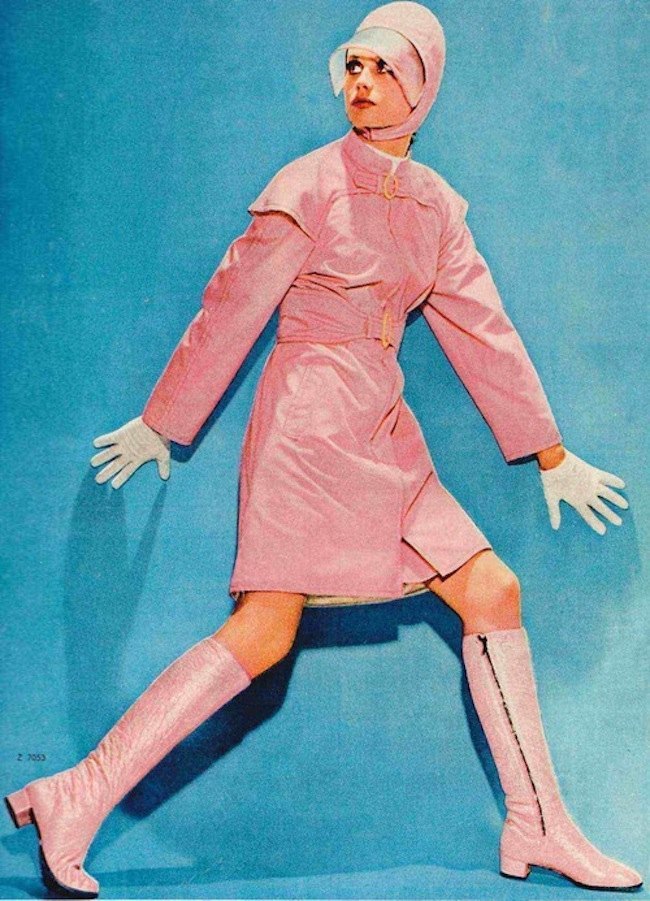

His collection, which contains around 2500 items, is one of the biggest collections of eyewear and optical instruments in the world. Marly owned a huge collection of articles for inspiration with items such as lorgnettes (opera glasses) and scientific instruments. Audrey Hepburn wore his glasses in Breakfast at Tiffany’s, putting Marly firmly on the fashion map. He created glasses in the shape of tennis rackets, bicycles, cocktails, lips, a television screen, and he popularised the cat-eye shape which were at the height of the mode in the middle of the 20th century.

He became not only the optician of “tout de Paris” but the “King of Spectacles”, and the “couturier des lunettes” who created avant-garde designs, turning glasses into fashionable items as opposed to items of necessity. It was in 1951 that he opened his first shop on Rue François where the brand still lives on today. Pierre Marly lived in Paris where he worked his way up in the eyewear industry. Before Marly, glasses were classic and functional objects, but when he came along, the spectacular was put into spectacles. Pierre Marly was the French optician who turned glasses into fashion pieces. High-street fashion as we know it today is more often than not poor-quality polyester atrocities– so were we better off with the paper clothing trend when wardrobes could be a conveyer-belt of recyclable paper outfits? Perhaps we’d be one step closer to saving the planet. Campbells Soup used the famous Andy Warhol design silk-screened onto their dress and it was dubbed the Souper dress. From the Yellow Pages to hair products to candy bars. Not only did this become a fashion frenzy, but it became a marketing trend for many other companies. There were portrait dresses, printed with famous faces from musicians to politicians. Some companies even set up boutiques devoted entirely to paper based products. They made a whole line of paper clothes including a wedding gown. Mars manufacturing company became the leading maker of paper clothes. Companies were experimenting with styles and fabrics, some adding other materials to the paper to increase durability and allow the clothing to be washed several times before it’s life was up. Costing less then $5 a pop this was disposable fashion at its very best. And if it got dirty, they would just throw it out. People loved that they could cut it shorter with a pair of scissors or fix it up with some tape. In 1966, the marketing department at Scott Paper unbeknownst to them, would set a new trend that would make history when they came up with the idea to promote their new products. The Scott Paper company were launching their new weave of paper products, Dura-Weave, a type of paper that was thicker and more durable than before. Originally the dresses were created as a marketing ploy to promote a new range of paper plates and napkins. Yep, not just for those cut-out and dress-up paper dolls. If it could be cut and sewn together, it could be classed as clothing. It was an explosion of bold colours, crazy patterns, daring cuts and innovative material.

The sixties played around with fashion like never before. The good, the bad and the interesting… The Paper Dress At MessyNess圜hic, we spend a lot of time in the 1960s, revisiting rock & roll communes, getting to know forgotten muses and venturing out on hippie trail, but we thought it was about time we did a retrospective of style from our favourite decade.


 0 kommentar(er)
0 kommentar(er)
